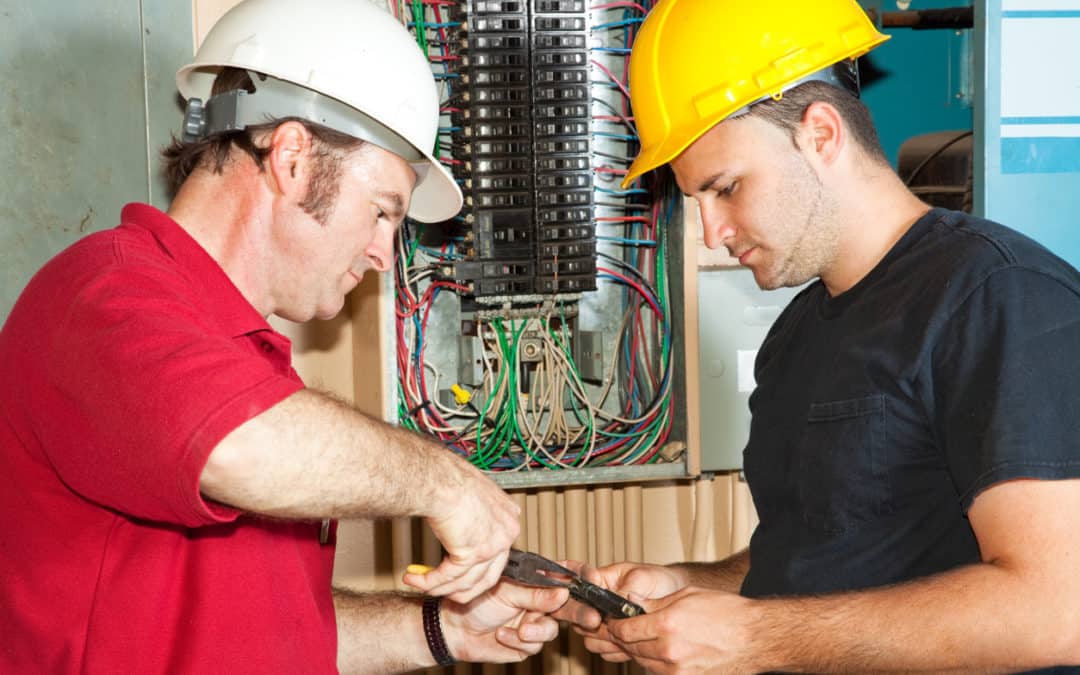When it comes to defining the differences between master electricians and journeymen, the most important distinction is the years of experience and training that separates the two. While all jurisdictions will have slightly different training requirements, these two factors are the main ones to consider when comparing them directly. In fact, these differences allude to a larger comparison between all levels of a tradesperson’s career progression.

The Progression of a Tradesperson
Before an electrician is ever given this title, they are simply an apprentice or beginner. They usually lack formal training and experience or are working their way through the first steps in these two processes. That is, learning about the overarching themes, ideas and responsibilities of a professional electrician, either in a classroom setting or through on-the-job training with an approved facility or business. This phase can take anywhere from six months to three years, depending on where the training takes place.
After successfully completing this initial training period and passing any required examinations, the apprentice electrician becomes a journeyman. In Canada, journeymen are often said to have their “red seal,” which certifies their experience and current education. They can complete many types of work and may even begin to work under a master electrician.
After receiving this level of training and education, journeyman electricians usually have to complete a certain number of hours of practical experience before they can continue their studies. Or, they continue their studies to become a master electrician while also working part-time to fulfill the experience requirements. In any case, both will be required for them to progress to the venerable title of a master electrician.
Practical experience, or on-the-job training, is gained by working with other master electricians. They oversee the work that journeymen are responsible for, including installing power outlets, running conduit and other electrical maintenance and installation work. This work can be done in residential, commercial or industrial settings, depending on the nature of the master’s work.
How to Become a Master Electrician
With the master certification, tradespersons can perform even more demanding tasks and complicated work. They may submit permits for buildings and upgrades, further widening their skillset and allowing for new types of work. In some jurisdictions, this is the only way that these permits can be accessed, ensuring that only the most qualified individuals are capable of commissioning new work, so to speak.
All told, the process of becoming a master electrician takes around six years to complete depending on the place that the program takes place. These years usually are split in such a way that the first four are required to become a journeyman and the latter two to become a master. Of course, at regular intervals, they are required to pass exams that test their practical knowledge, critical thinking skills and theoretical understanding.
Benefits of Being a Master Electrician
As mentioned above, one of the main benefits is the oversight and commissioning of work that master electricians are entitled to do. They often open their own businesses as well, giving them greater access to their money and autonomy.

Recent Comments